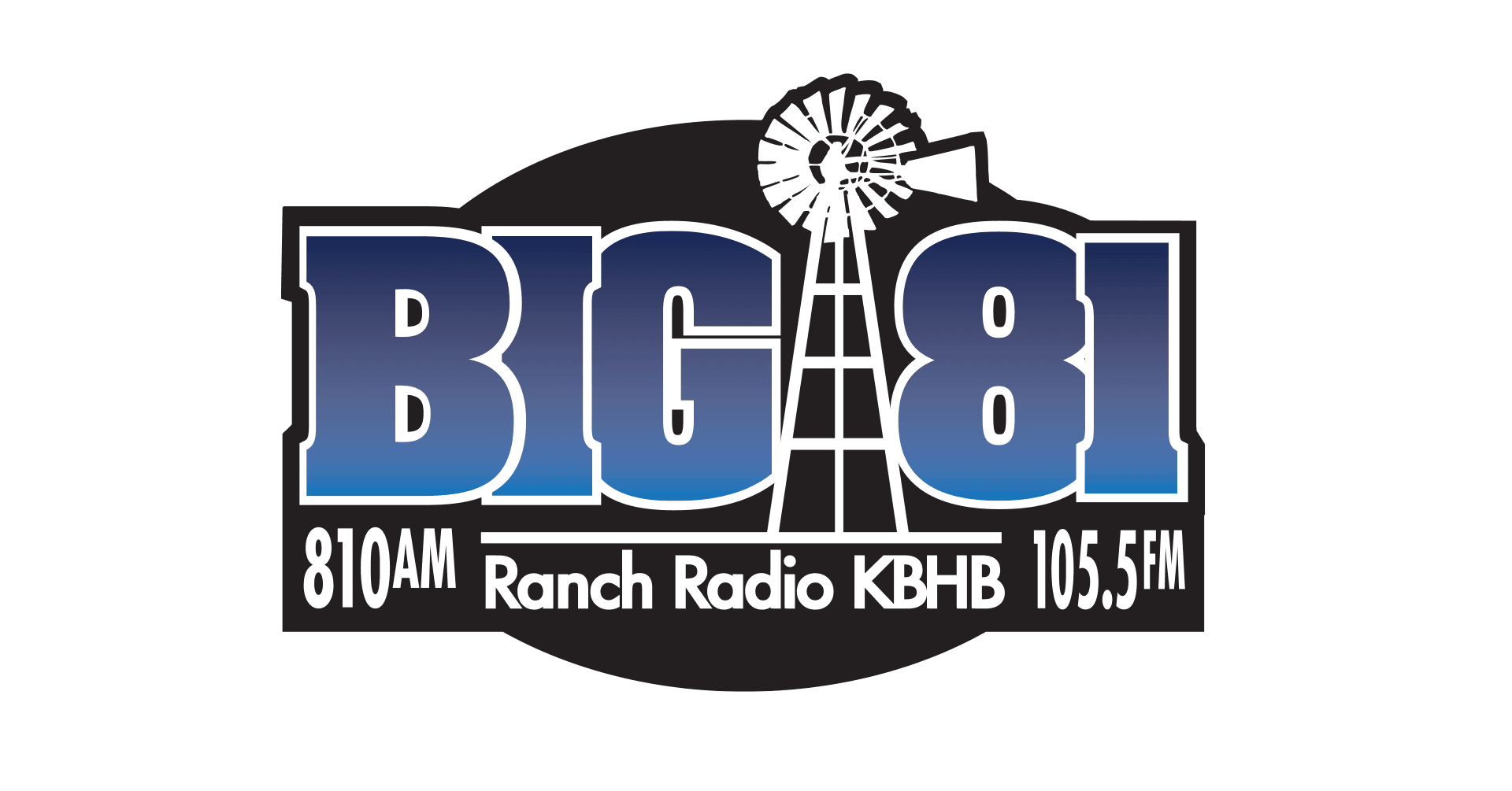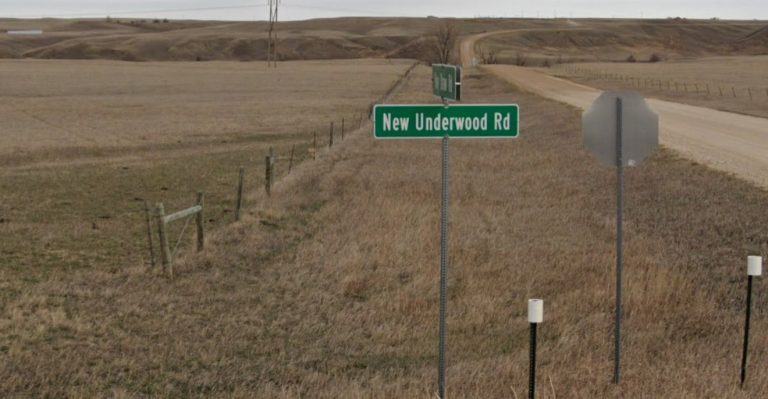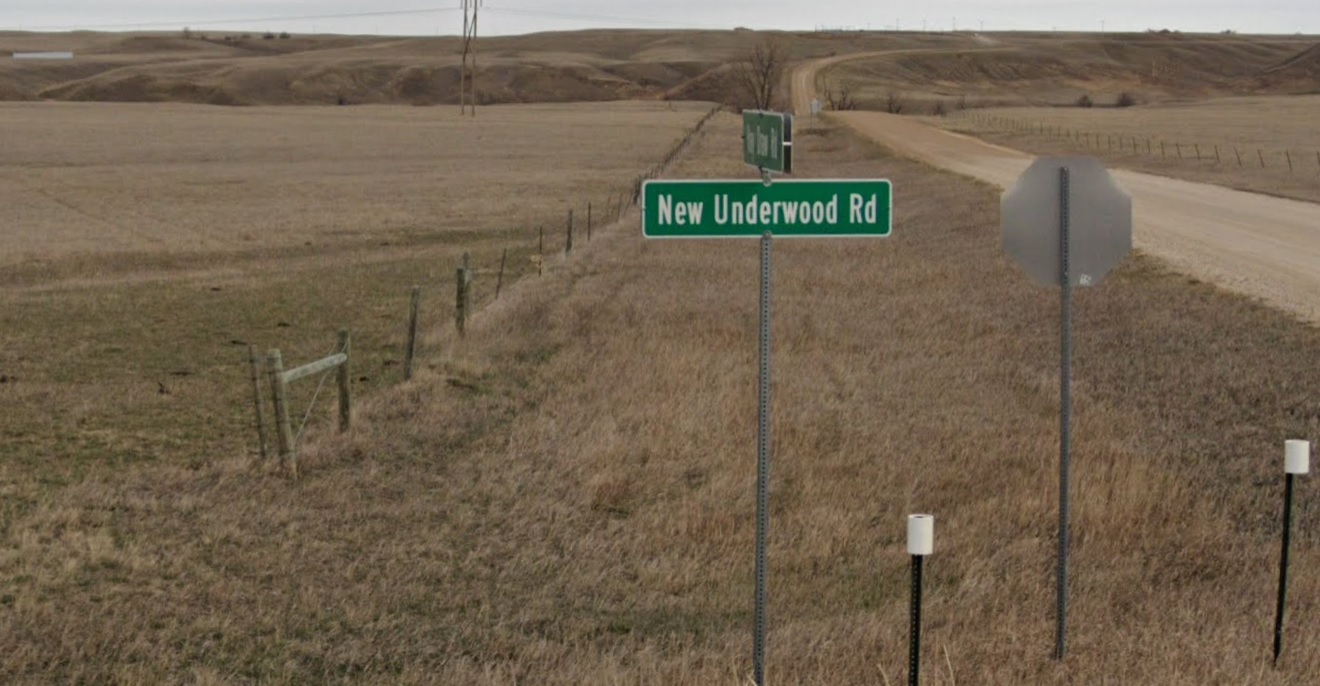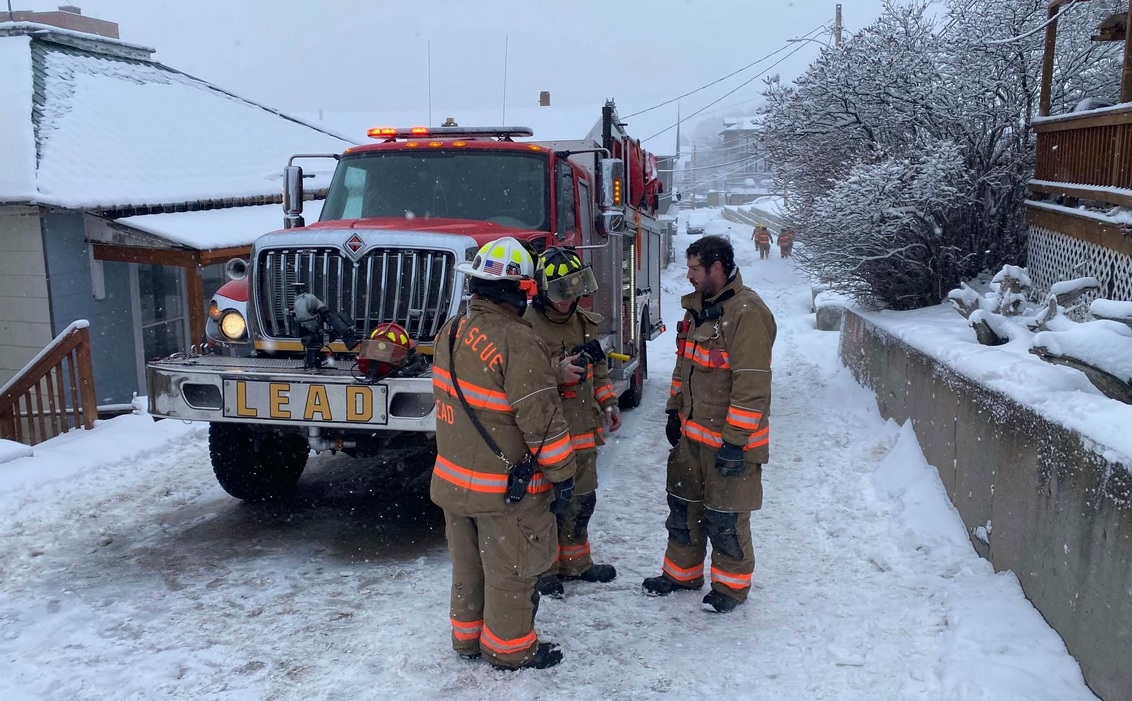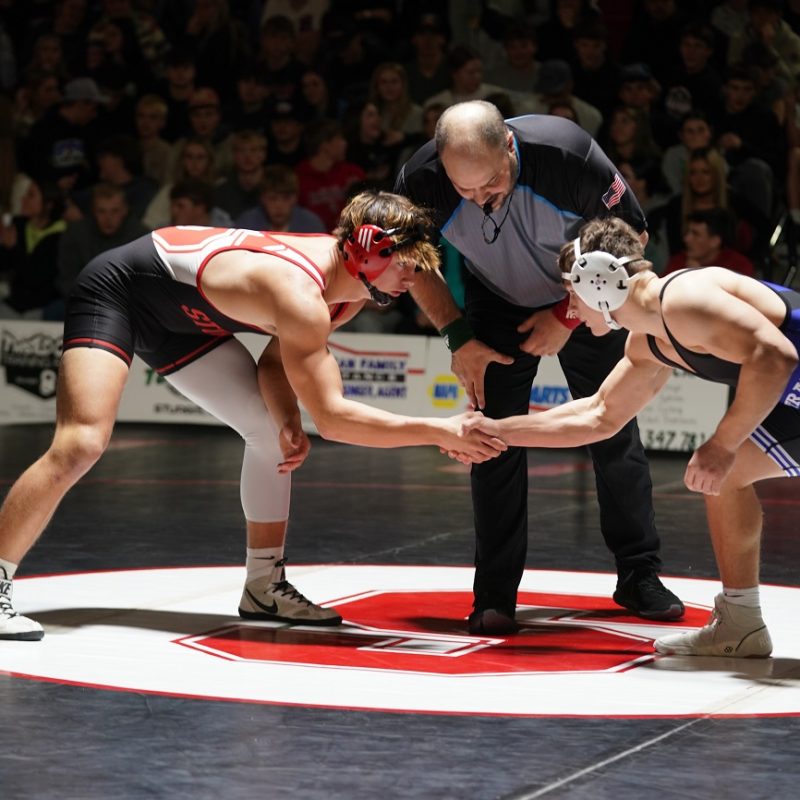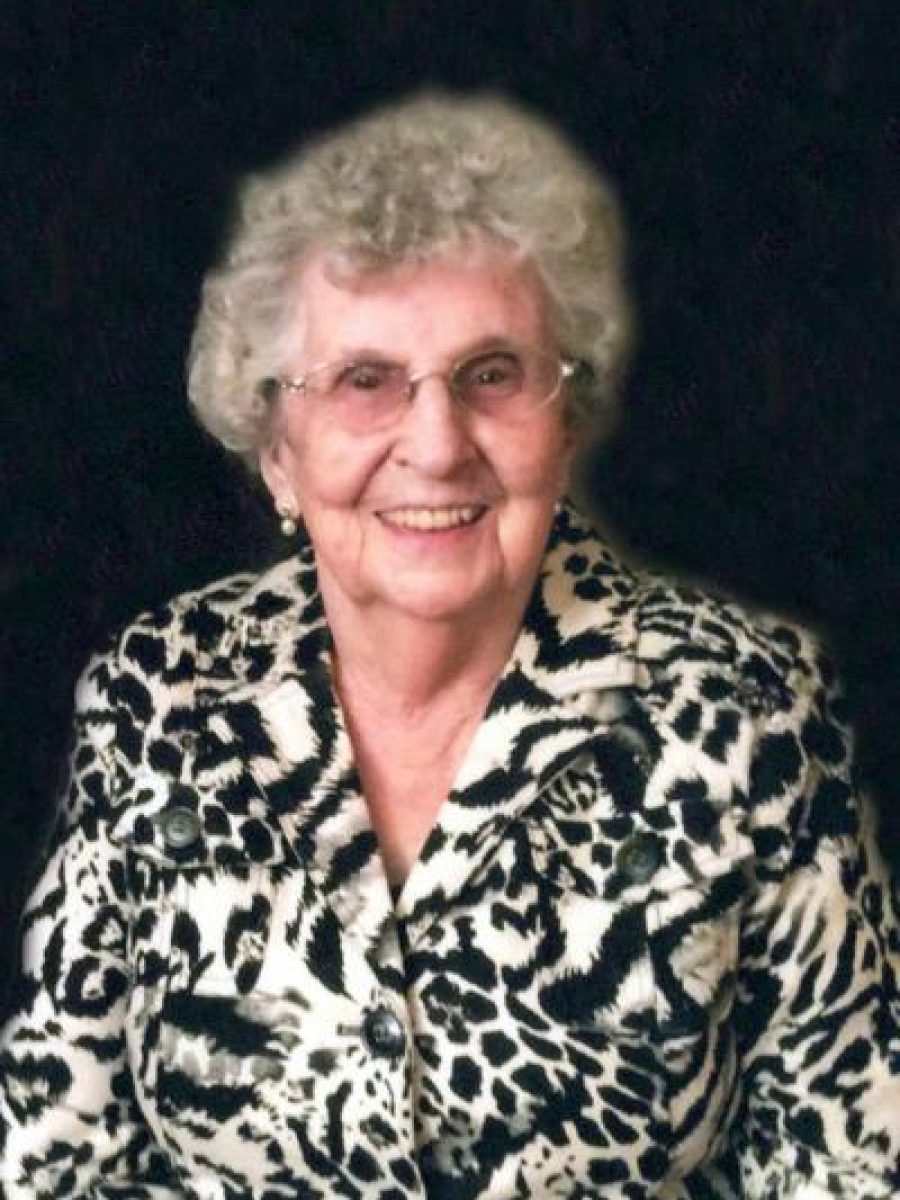WESSINGTON SPRINGS, S.D. (AP) — Rural Jerauld County in South Dakota didn’t see a single case of the coronavirus for more than two months stretching from June to August. But over the last two weeks, its rate of new cases per person soared to one of the highest in the nation.
“All of a sudden it hit, and as it does, it just exploded,” said Dr. Tom Dean, one of just three doctors who work in the county.
As the brunt of the virus has blown into the Upper Midwest and northern Plains, the severity of outbreaks in rural communities has come into focus. Doctors and health officials in small towns worry that infections may overwhelm communities with limited medical resources. And many say they are still running up against attitudes on wearing masks that have hardened along political lines and a false notion that rural areas are immune to widespread infections.
Dean took to writing a column in the local weekly newspaper, the True Dakotan, to offer his guidance. In recent weeks, he’s watched as one in roughly every 37 people in his county has tested positive for the virus.
It ripped through the nursing home in Wessington Springs where both his parents lived, killing his father. The community’s six deaths may appear minimal compared with thousands who have died in cities, but they have propelled the county of about 2,000 people to a death rate roughly four times higher than the nationwide rate.
Rural counties across Wisconsin, North Dakota, South Dakota and Montana sit among the top in the nation for new cases per capita over the last two weeks, according to Johns Hopkins University researchers. Overall, the nation topped 8 million confirmed coronavirus cases in the university’s count on Friday; the true number of infections is believed to be much higher because many people have not been tested.
In counties with just a few thousand people, the number of cases per capita can soar with even a small outbreak — and the toll hits close to home in tight-knit towns.
“One or two people with infections can really cause a large impact when you have one grocery store or gas station,” said Misty Rudebusch, the medical director at a network of rural health clinics in South Dakota, Horizon Health Care. “There is such a ripple effect.”
Wessington Springs is a hub for the generations of farmers and ranchers that work the surrounding land. Residents send their children to the same schoolhouse they attended and have preserved cultural offerings like a Shakespeare garden and opera house.
They trust Dean, who for 42 years has tended to everything from broken bones to high blood pressure. When a patient needs a higher level of care, the family physician usually depends on a transfer to a hospital 130 miles away.
As cases surge, hospitals in rural communities are having trouble finding beds. A recent request to transfer a “not desperately ill, but pretty” sick COVID-19 patient was denied for several days, until the patient’s condition had worsened, Dean said.
“We’re proud of what we got, but it’s been a struggle,” he said of the 16-bed hospital.
The outbreak that killed Dean’s dad forced Wessington Springs’ only nursing home to put out a statewide request for nurses.
Thin resources and high death rates have plagued other small communities. Blair Tomsheck, interim director of the health department in Toole County, Montana, worried that the region’s small hospitals would need to start caring for serious COVID-19 patients after cases spiked to the nation’s highest per capita. One out of every 28 people in the county has tested positive in the last two weeks, according to Johns Hopkins researchers.
“It’s very, very challenging when your resources are poor — living in a small, rural county,” she said.
Infections can also spread quickly in places like Toole County, where most everyone shops at the same grocery store, attends the same school or worships at a handful of churches.
“The Sunday family dinners are killing us,” Tomsheck said.
Even as outbreaks threaten to spiral out of control, doctors and health officials said they are struggling to convince people of the seriousness of a virus that took months to arrive in force.
“It’s kind of like getting a blizzard warning and then the blizzard doesn’t hit that week, so then the next time, people say they are not going to worry about it,” said Kathleen Taylor, a 67-year-old author who lives in Redfield, South Dakota.
In swaths of the country decorated by flags supporting President Donald Trump, people took their cues on wearing masks from his often-cavalier attitude towards the virus. Dean draws a direct connection between Trump’s approach and the lack of precautions in his town of 956 people.
“There’s the foolish idea that mask-wearing or refusal is some kind of a political statement,” Dean said. “It has seriously interfered with our ability to get it under control.”
Even amid the surge, Republican governors in the region have been reluctant to act. North Dakota Gov. Doug Burgum said recently, “We are caught in the middle of a COVID storm” as he raised advisory risk levels in counties across the state. But he has refused to issue a mask mandate.
South Dakota Gov. Kristi Noem, who has carved out a reputation among conservatives by foregoing lockdowns, blamed the surge in cases on testing increases, even though the state has had the highest positivity rate in the nation over the last two weeks, according to the COVID Tracking Project. Positivity rates are an indication of how widespread infections are.
In Wisconsin, conservative groups have sued over Democratic Gov. Tony Evers’ mask mandate.
Whether the requirement survives doesn’t matter to Jody Bierhals, a resident of Gillett who doubts the efficacy of wearing a mask. Her home county of Oconto, which stretches from the northern border of Green Bay into forests and farmland, has the state’s second-highest growth in coronavirus cases per person.
Bierhals, a single mother with three kids, is more worried about the drop in business at her small salon. The region depends on tourists, but many have stayed away during the pandemic.
“Do I want to keep the water on, or do I want to be able to put food on the table?” she asked. “It’s a difficult situation.”
Bierhals said she thought the virus couldn’t be stopped and it would be best to let it run its course. But local attitudes like that have left the county’s health officer, Debra Konitzer, desperate.
Konitzer warned that the uncontrolled spread of infections has overwhelmed the county’s health systems.
“I’m just waiting to see if our community can change our behavior,” she said. “Otherwise, I don’t see the end in sight.
